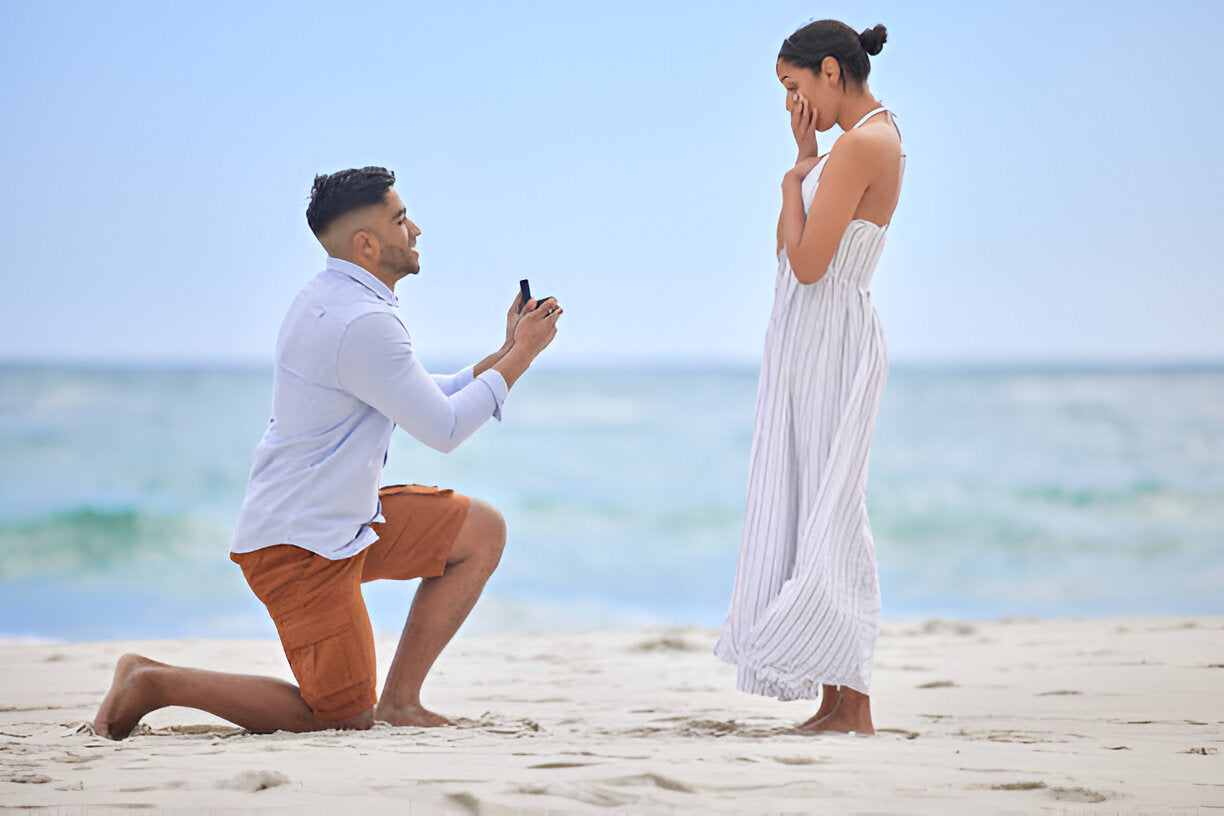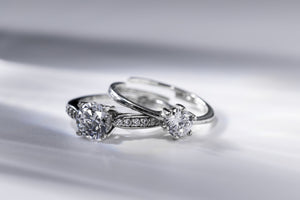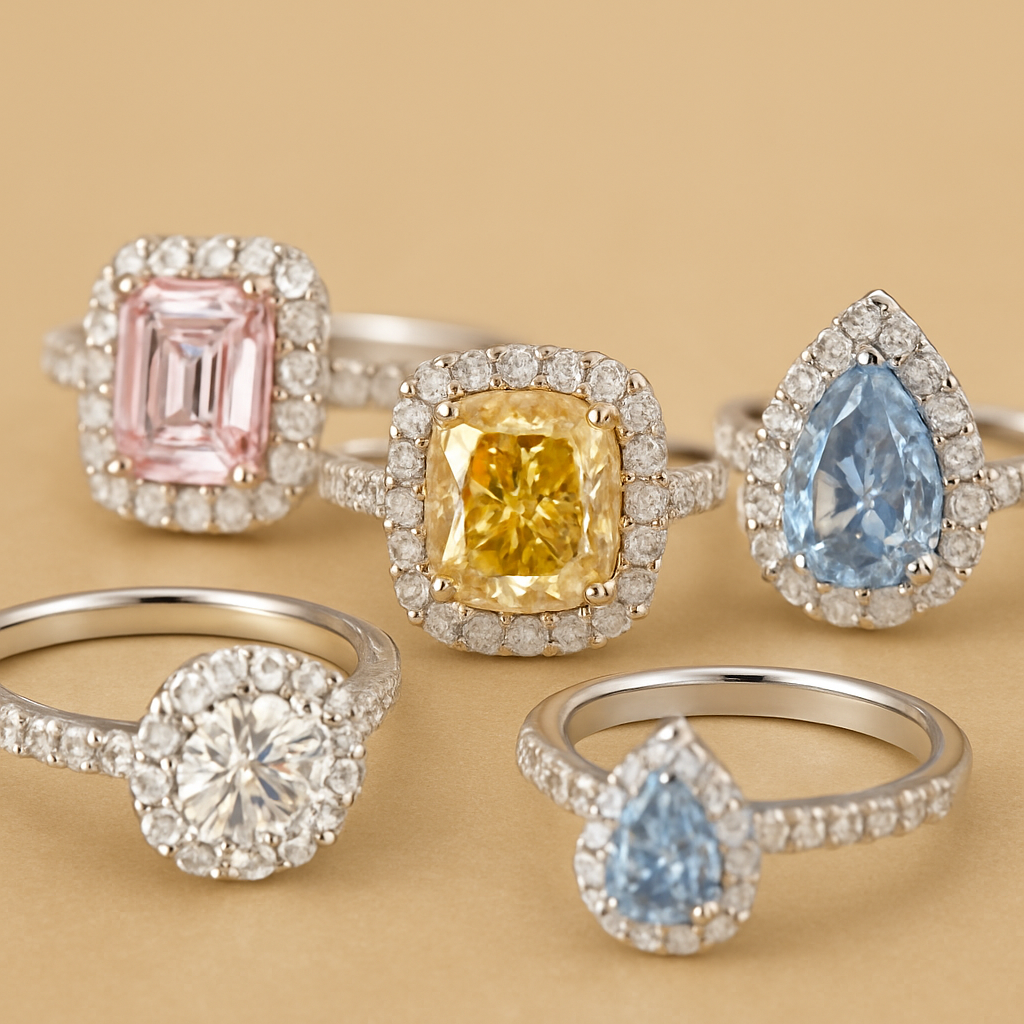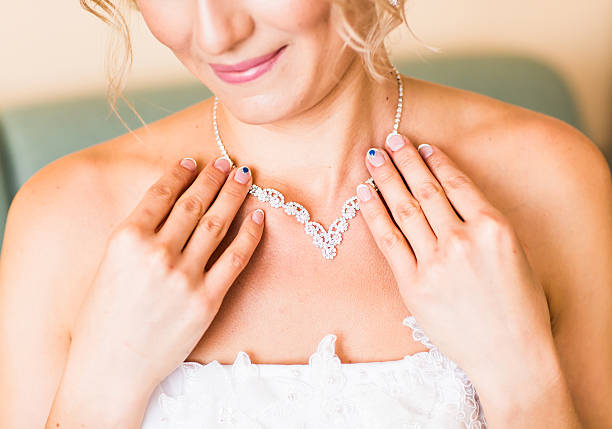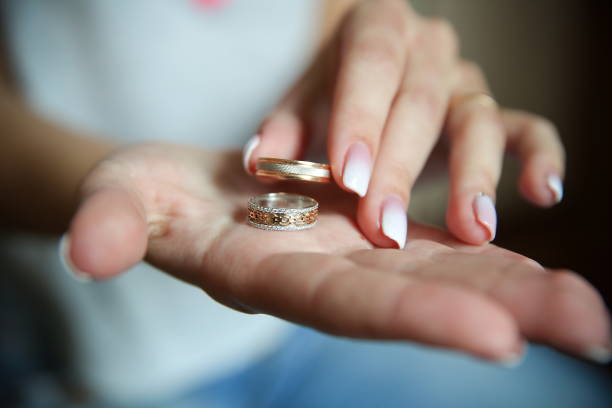Choosing the perfect engagement ring for your partner is an exciting and meaningful decision. It’s a symbol of your love, commitment, and the start of a lifelong journey together. But with so many styles, stones, and metals to choose from, how do you make sure you get it right? Don’t worry – we’ve got you covered with a comprehensive guide to choosing the perfect engagement ring. Whether you’re well-versed in jewelry or just starting to explore, this guide will provide all the information you need to find the perfect ring that suits your partner’s taste and your budget.

1. Understand Your Partner’s Style
Before you begin browsing engagement rings, it’s important to understand your partner’s personal style. An engagement ring should reflect their personality, and the best way to ensure this is by considering their current preferences and jewelry choices.
-
Pay Attention to What They Wear: What type of jewelry does your partner wear on a daily basis? Do they prefer minimalist pieces or bold, statement jewelry? If they wear simple, understated pieces, they might prefer a classic solitaire engagement ring. If they love more ornate designs, a halo or vintage ring might be the way to go.
-
Observe Their Preferences: Look at the types of rings they wear or discuss with them in passing. Take note of the metal tones (yellow gold, white gold, rose gold, platinum) they like, as well as any gemstones they may have shown interest in.
-
Consider Their Lifestyle: If your partner leads an active lifestyle, a more durable setting like a bezel or prong setting might be necessary. A solitaire ring is a great choice for someone who wants an elega
-
nt but low-maintenance piece, while a vintage or intricate design may appeal to someone who loves a little extra flair.
2. Choose the Right Metal for the Band
The metal of the engagement ring band plays a huge role in both the aesthetics and durability of the ring. The choice of metal should complement your partner’s style and skin tone while also taking into account their lifestyle needs.
-
Gold: A traditional option, gold comes in three main varieties—yellow, white, and rose. Yellow gold has a warm, classic appeal and is great for those who want a vintage or timeless look. White gold offers a sleek, modern appearance, and rose gold has a romantic, soft tone that works beautifully with many gemstone colors.
-
Platinum: Known for its durability and rarity,
-
platinum is a fantastic choice for an engagement ring. It’s hypoallergenic and is an excellent choice for those who prefer a more understated but luxurious look. Platinum is perfect for everyday wear since it’s strong and resistant to tarnish.
-
Palladium: This lightweight, silvery metal is a great alternative to platinum. It’s durable, resistant to tarnishing, and more affordable. Palladium has a similar look to platinum, making it a good option for those who want a platinum-like finish but at a lower cost.
-
White Gold vs. Platinum: While both metals are stunning and elegant, platinum is heavier and more durable, making it a solid choice for those who want a lasting, long-term piece. White gold, on the other hand, is a more affordable option with a similar appearance.
3. The 4 Cs of Diamonds: Cut, Color, Clarity, and Carat
When choosing a diamond for the engagement ring, there are four critical factors—referred to as the 4 Cs—that you should consider: Cut, Color, Clarity, and Carat. Understanding each of these qualities will help you choose a diamond that meets your budget and looks stunning in your chosen ring setting.
-
Cut: The cut is arguably the most important of the 4 Cs,
-
as it determines the diamond’s sparkle. A well-cut diamond will reflect light beautifully, while a poor cut may look dull. A round brilliant cut is the most popular because it maximizes the diamond's brilliance, but other shapes, such as oval, cushion, princess, and emerald cuts, also have their own unique appeal.
-
Color: Diamonds come in a variety of colors, with the most valuable being colorless. The Gemological Institute of America (GIA) grades diamond color on a scale from D (colorless) to Z (light yellow or brown). For a white diamond, aim for grades D to G for a sparkling and high-quality appearance.
-
Clarity: Clarity refers to the number and visibility of imperfections, or inclusions, within a diamond. The clearer the diamond, the more expensive it tends to be. A flawless diamond is rare, so consider diamonds with minor inclusions that are not visible to the naked eye, which provide excellent value without sacrificing beauty.
-
Carat Weight: The carat weight refers to the size of the diamond. While larger diamonds are more expensive, carat weight isn’t everything. A smaller diamond with an excellent cut and high clarity can appear just as beautiful as a larger diamond. Balance carat weight with the other Cs to find the best value.
4. Determine the Shape of the Diamond
The diamond’s shape refers to its outline or form. While round diamonds are the most popular, there are several other shapes to consider, each with its own distinctive appeal.
-
Round: Classic and timeless, the round diamond is the most popular and maximizes brilliance.
-
Princess: A modern shape, square with sharp corners, offering a chic, contemporary look.
-
Oval: Elongated and elegant, the oval shape can give the illusion of a larger diamond.
-
Cushion: This shape combines a square shape with rounded corners, offering a vintage feel.
-
Emerald: A rectangular shape with cut corners, creating a sophisticated and vintage appearance.
-
Marquise: An elongated shape with pointed ends, offering a regal and dramatic look.
-
Heart: Perfect for those who want a symbol of love, this shape offers a romantic and unique design.
- Asscher: The Asscher cut is similar to the emerald cut but with more brilliance. It has a square shape with cropped corners, giving it an Art Deco-style aesthetic. The step-cut facets enhance the diamond’s clarity and sparkle, creating a vintage, sophisticated look that’s both timeless and elegant.
-
Radiant: A hybrid of the square and emerald cuts, radiant diamonds are known for their brilliant sparkle. The cut combines the elegance of a square or rectangular shape with the brilliance of a round cut, making them a popular choice for those who want a stunning and dynamic look.
5. Set a Budget
Before you begin shopping for the engagement ring, it’s important to establish a budget. The key is to find a ring that reflects your love and commitment but also stays within your financial means. While there’s no set rule for how much to spend, a good guideline is to spend between 1 to 3 months’ salary. However, this is entirely subjective, and what matters most is choosing a ring that fits your financial situation and your partner’s style.
6. Consider Alternative Gemstones
While diamonds are the traditional choice for engagement rings, many couples are opting for alternative gemstones. These stones can be just as beautiful and meaningful while often being more affordable.
-
Sapphires: Known for their rich blue color, sapphires symbolize loyalty and wisdom. They’re also durable and perfect for everyday wear.
-
Emeralds: With their stunning green hue, emeralds are symbols of love and rebirth.
-
Rubies: Known for their deep red color, rubies represent passion and love.
-
Morganite: A peachy-pink stone, morganite is a romantic and unique alternative to traditional diamonds.
7. Think About the Ring Setting
The setting holds the diamond in place and plays an essential role in the overall look of the ring. The most common engagement ring settings include:
-
Solitaire: The classic design where a single diamond is held in place by prongs, focusing the attention entirely on the diamond.
-
Halo: A central diamond surrounded by a ring of smaller diamonds to enhance its brilliance.
-
Three-Stone: Symbolizing the past, present, and future, this setting features three diamonds, often one larger stone flanked by two smaller ones.
-
Vintage: Intricate and ornate, vintage settings often feature intricate details, filigree, and smaller accent stones for a timeless appeal.
-
Pavé: In a Pavé setting, tiny diamonds are set closely together, covering the band entirely or part of it, creating a “paved” look. This setting adds extra sparkle and is perfect for those who want a ring that is both elegant and full of shine. It can be used on the entire band or as an accent to the central stone.
8. Ensure the Right Ring Size
When it comes to buying an engagement ring, knowing the right ring size is crucial. While it can be tricky to figure out the correct size without your partner knowing, there are a few tricks you can use:
-
Borrow one of their rings (from the correct finger) and have it measured by a jeweler.
-
If you're unsure, it's always easier to resize a ring that's too big than one that's too small, so it’s better to err on the larger side.
Conclusion
Choosing the perfect engagement ring is a deeply personal and meaningful decision. By considering your partner’s style, lifestyle, preferences, and the factors like the metal, stone, and cut, you’ll be able to find a ring that not only suits their taste but also serves as a lasting symbol of your love. At San Liora, we specialize in creating stunning, timeless engagement rings that your partner will cherish for a lifetime. Whether you're drawn to classic designs or contemporary styles, we're here to help you find the ring that perfectly complements your unique love story.
Happy ring shopping, and best wishes on your engagement journey!


